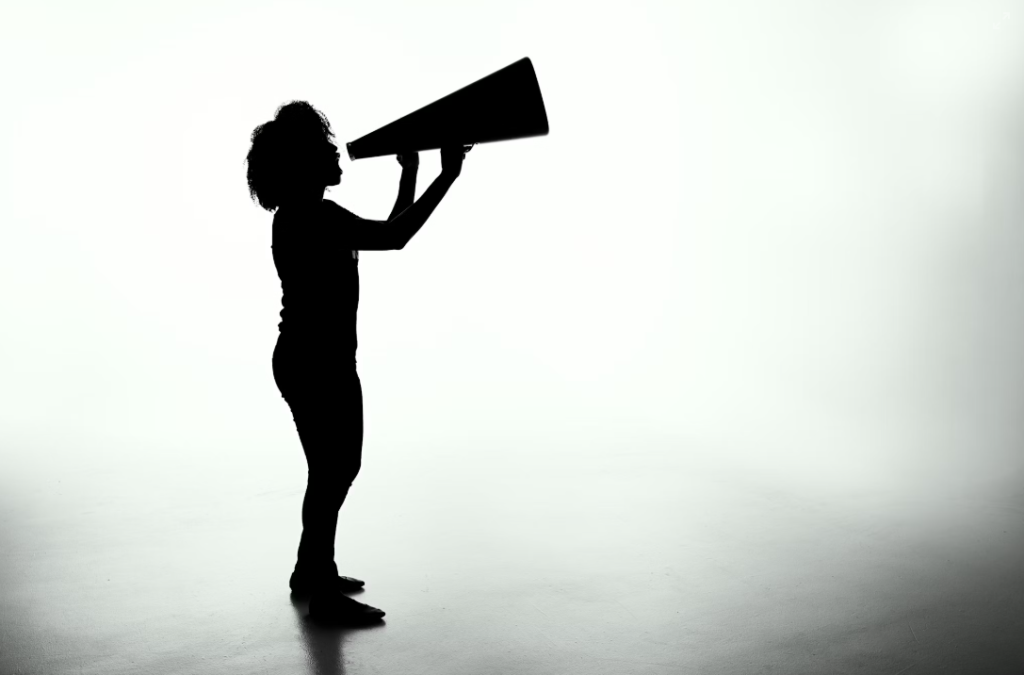
Introduction
Effective communication is the cornerstone of successful relationships, both personally and professionally. Yet, while we often focus on speaking, the key to communication is, in fact, listening. We often hear the phrase, “Communication is key,” but what does that really mean? It means that being able to listen deeply and express yourself clearly are both essential for fostering trust and understanding. So, how do we truly listen and make sure we’re being heard?
In this article, we’ll explore the nuances of mastering communication—how to really listen and how to ensure your voice is understood.
Understanding the Basics of Communication
Verbal vs. Non-Verbal Communication
Communication doesn’t just happen through words. Verbal communication is the obvious part, but non-verbal cues like body language, facial expressions, and tone of voice play an equally significant role. Studies show that up to 93% of communication is non-verbal, which means you could be saying one thing but your body might be saying something else entirely.
The Communication Cycle: Sender, Message, Receiver
Communication is a cyclical process. There’s a sender, a message, and a receiver. However, this cycle can easily be broken if any part of the process is unclear. If the message isn’t clear, or if the receiver misinterprets it, miscommunication occurs. It’s important to ensure that each part of this cycle is clear and effective.
Barriers to Effective Communication
There are many barriers that hinder effective communication: noise (literal or metaphorical), assumptions, language differences, and emotional filters, to name a few. Recognizing these barriers is the first step to overcoming them and mastering communication.
The Art of Listening
Active Listening vs. Passive Listening
Active listening is much more than just hearing someone speak—it’s fully engaging in what’s being said. It involves not just hearing the words but understanding their meaning. On the other hand, passive listening is more about hearing without really processing what’s being said. Active listening requires effort, focus, and the intent to understand the speaker’s point of view.
The Power of Empathy in Listening
Empathy is a crucial component of listening. It’s the ability to understand and share the feelings of another person. When you listen with empathy, you’re not just listening to the words—they become infused with emotion. Empathetic listening builds connection, trust, and respect.
Reflective Listening: A Game-Changer
Reflective listening is a technique where the listener mirrors what the speaker has said, often in their own words, to ensure understanding. It’s not just about repeating the message—it’s about confirming that you understand the underlying feelings and intentions. This technique helps ensure that communication flows smoothly without misunderstandings.
Techniques for Active Listening
- Make Eye Contact – This shows you’re engaged and present.
- Nod or Offer Verbal Acknowledgement – Small gestures like nodding help signal that you’re actively listening.
- Ask Clarifying Questions – This demonstrates that you’re fully engaged and want to understand the speaker better.
Being Heard: How to Express Yourself Effectively
Clarity and Conciseness
When you want to be heard, being clear and concise is essential. Avoid rambling or using vague terms. Focus on getting your point across directly. If the message is muddled, the listener might miss the key ideas, leaving you unheard.
Tone and Body Language
The way you say something often matters more than what you say. Your tone of voice, facial expressions, and posture can convey emotions that words alone cannot. A calm, steady tone often indicates confidence and clarity, whereas an anxious or angry tone can detract from the message.
Assertiveness: The Balance Between Passivity and Aggression
Assertiveness is the sweet spot between passivity and aggression. It’s about expressing your thoughts and needs while respecting the other person’s point of view. Assertiveness fosters mutual respect and helps avoid misunderstandings.
Common Pitfalls in Communication
Interruptions and Their Impact
Interrupting someone mid-sentence might seem like you’re eager to share your thoughts, but it disrupts the flow of conversation. It makes the other person feel unheard and can cause unnecessary tension. If you find yourself constantly interrupting, practice patience and wait for the speaker to finish.
The Danger of Assumptions
Assuming what the other person means or feels can lead to miscommunication. Just because you believe you understand someone doesn’t mean you actually do. Asking for clarification instead of assuming will reduce misunderstandings significantly.
Miscommunication in Digital Conversations
In today’s world, much of our communication happens online. However, digital conversations lack tone and body language, which often leads to confusion. Emojis and punctuation can help, but it’s important to double-check that your message is clear before sending it.

Strategies for Improving Communication
The Role of Feedback
Feedback is one of the most powerful tools in communication. When you give feedback, it ensures that the other person knows whether they’ve been understood. It also gives you the opportunity to fine-tune your message.
Open-Ended Questions
Instead of asking yes/no questions, try asking open-ended questions that encourage the other person to elaborate. This opens up a dialogue and fosters deeper understanding.
Active Engagement and Reflecting Feelings
Active engagement involves truly listening and reflecting on the speaker’s feelings. When you acknowledge the emotions behind the words, you create a deeper connection and understanding.
Building Stronger Relationships Through Communication
Communication in Personal Relationships
Good communication is the foundation of strong personal relationships. Whether it’s with a partner, family member, or friend, communication helps you express your needs and understand each other better. It’s vital to listen actively and express your own feelings clearly and respectfully.
Communication in Professional Environments
In the workplace, communication is equally important. Effective communication leads to better collaboration, clearer expectations, and stronger team dynamics. Mastering communication skills can set you apart as a leader or team player in a professional environment.
Conclusion
Mastering communication is essential for fostering understanding, trust, and stronger relationships in all areas of life. The ability to listen attentively and express yourself clearly ensures that both parties feel heard and respected. By practicing active listening, being assertive, and avoiding common pitfalls, you can take your communication skills to the next level. So, the next time you engage in a conversation, remember: communication isn’t just about speaking—it’s about truly listening and being heard.

FAQs
1. What is the difference between active and passive listening?
Active listening requires full engagement and understanding, while passive listening is more about hearing without necessarily processing the information.
2. How can I improve my communication skills in a professional setting?
Focus on clarity, listen actively, ask open-ended questions, and provide constructive feedback to improve communication in the workplace.
3. Why is empathy so important in communication?
Empathy helps create a deeper connection and understanding between people, making communication more meaningful and effective.
4. How do I make sure I’m being heard in difficult conversations?
Stay assertive, use clear language, and ensure your body language aligns with your words to help you express yourself effectively.
5. What are some strategies for overcoming communication barriers?
To overcome communication barriers, practice active listening, seek clarification when needed, and be mindful of non-verbal cues.





